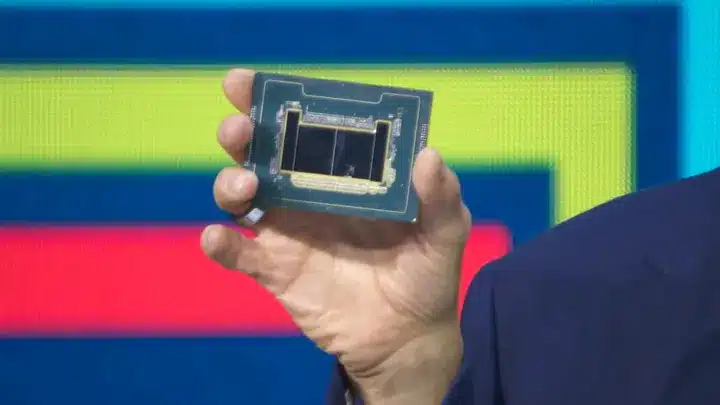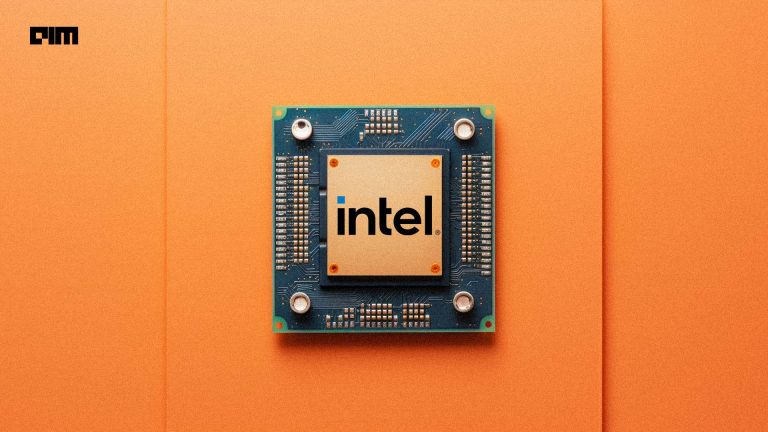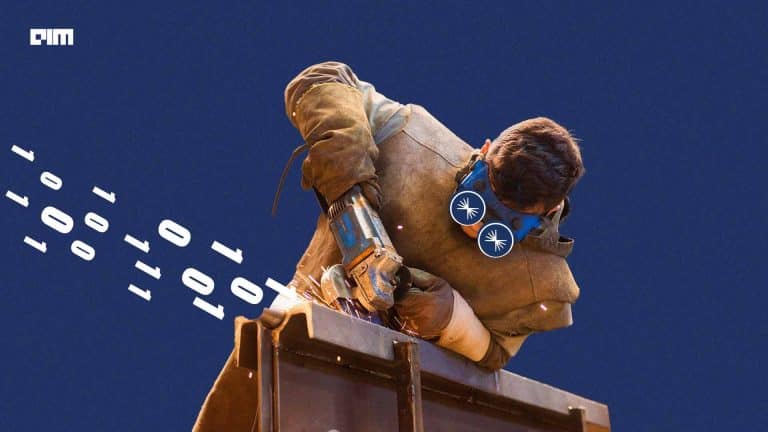Recently, two researchers from Intel Labs designed an OpenBot, which is a small electric vehicle that costs as low as $50 and serves as a robot body for standard Android smartphones. Through this research, they proposed to leverage smartphones in order to equip robots with extensive sensor suites, computational abilities, state-of-the-art communication channels, as well as access to a thriving software ecosystem.
Whether it’s a legged robot or industrial manipulators, robots are expensive to buy. Thus, for a few years now, researchers from organisations and academia have been proposing designs to create affordable robots.
The researchers stated that their work is inspired in parts by projects such as Google Cardboard which works by plugging standard smartphones into cheap physical enclosures enabling people to experience virtual reality for the first time. The question here is if smartphones can portray a similar role in robotics.
Why Smartphones
The key idea of this research is to leverage smartphones and create highly capable mobile robots that could be deployed at scale. The reason for leveraging smartphones is that they include HD cameras, powerful CPUs and GPUs, advanced IMUs, GPS, WiFi, Bluetooth, 4G modems, among others.
Almost everyone uses a smartphone these days. Also, modern smartphones are even equipped with dedicated AI chips for neural network inference, some of which already outperform common desktop processors.
The researchers developed and validated design for a mobile robot that leverages a commodity smartphone for sensing and computation. The smartphone acts as the brain and sensory system of the robot, which is further plugged into a cheap electromechanical body that costs as low as $50.
Also, according to the researchers, using off-the-shelf smartphones as robot brains include numerous advantages beyond cost. For instance, hardware components on custom robots are quickly outdated, while the consumer-grade smartphones support generational renewal on an annual flow, acquiring higher-resolution cameras, faster processors, new sensors, and more.
Behind OpenBot
For low-cost robots, OpenBot leverages smartphones as brains. They developed a software stack that allows smartphones to use this body for mobile operation and demonstrate that the system is sufficiently powerful. The software stack supports advanced robotics workloads such as person following and real-time autonomous navigation in unstructured environments.
For leveraging the computational power as well as sensing capabilities of a smartphone, the robot needed an actuated body. Researchers developed a body for a low-cost wheeled robot which relies strictly on the readily available electronics, including the 3D printing for its chassis.
The software stack consists of two components.
- The first component is an Android application which runs on smartphones. It performs various functions such as providing an interface for the operator, collecting the datasets, and running the higher-level perception, including the control workloads.
- The second component is regarded as a program that runs on the Arduino. This component handles the low-level actuation, including some of the measurements such as wheel odometry and battery voltage.
Contributions Of This Research
The researchers made four main contributions to this project.
- They designed a small electric vehicle which strictly relies on cheap as well as readily available components. The hardware cost is around $50 as a basis for a low-cost wheeled robot.
- The researchers developed a software stack that allows smartphones to act as a brain and use this vehicle as a body by enabling mobile navigation with real-time onboard sensing as well as computation.
- They showed that the proposed system is sufficiently powerful to support advanced robotics workloads such as person following and autonomous navigation.
- Lastly, they performed extensive experiments that indicate that the presented approach is robust to variability across smartphones and robot bodies.
Wrapping Up
According to the researchers, this work is aimed to address two key challenges in robotics – accessibility and scalability. They have developed a combination of hardware and software that turns smartphones into robots. The experiments have shown that a $50 robot body powered by a smartphone is capable of person following and real-time autonomous navigation.
The complete design and implementation, including all hardware blueprints and the software suite, will be made freely available to support affordable robotics research and education at scale. The researchers are hopeful that it will open doors for new opportunities, especially in education and large-scale learning via thousands of low-cost robots deployed around the world.
Read the paper here.









































